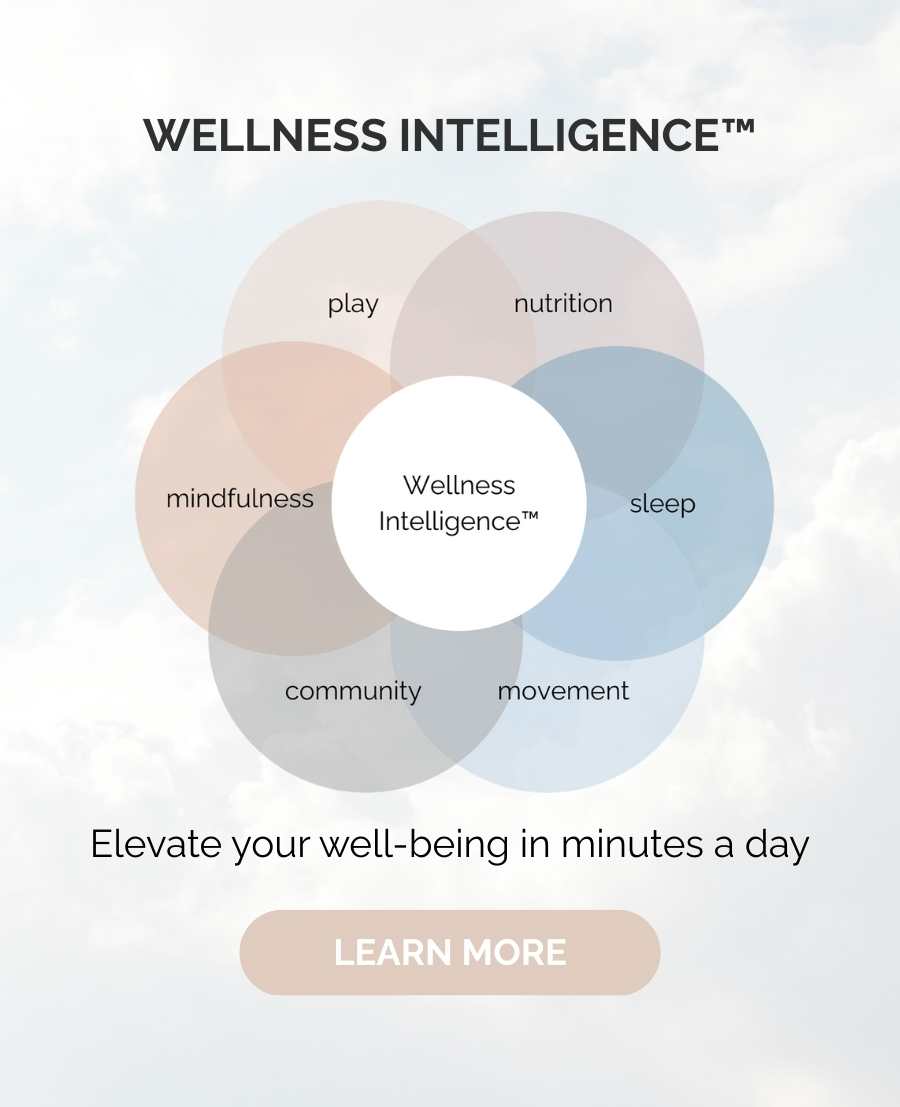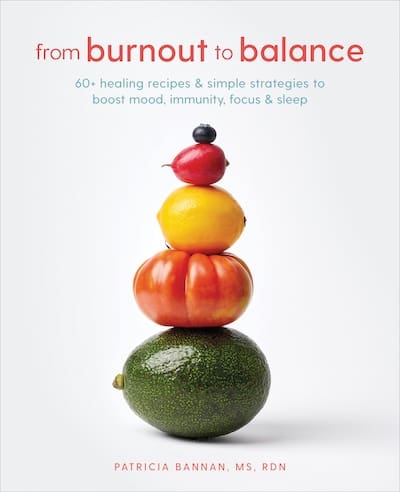I’m delighted to have partnered with the Global Organization for EPA and DHA Omega-3s (GOED) on this blog post. All opinions are my own.
The photo above is of my baby girl at just three weeks old. Among wanting the best for her in every way possible, as a dietitian I’m super aware of the importance of omega-3 fatty acids throughout her life, especially for brain health. The human brain is made up of nearly 60 percent fat, so it’s no surprise that omega-3s are linked to the health of this vital organ. Research shows omega-3s are important for cognition (brain memory and performance) and behavioral function.
Types of omega-3s
You may have heard of different type of omega-3s (there are three primary types: DHA, EPA, and ALA), as well as different food sources, such as salmon and walnuts.
When it comes to brain health, docosahexaeonic acid (DHA) and eicosapentaenoic acid (EPA), found in foods like fatty fish and algae, are the most important types. These fats build cell membranes and give structure to cells in all parts of the body. In neurons in the brain in particular, these fats help with electrical and chemical “messaging” between cells. In fact, DHA is the most abundant omega-3 fatty acid in the brain and must be constantly replenished. Alpha-linolenic acid (ALA), found in vegetable oils, flax, and walnuts, does not provide adequate omega-3s to reap the overall health benefits.
Omega-3s throughout life
During pregnancy, developing infants must obtain DHA through the placenta, and after birth, receive it from breast milk or formula. Therefore, it’s imperative that pregnant and nursing mothers consume enough omega-3s to ensure proper infant brain and eye development (the minimum intake for fetal development is 700 mg per day of EPA and DHA, of which at least 300 mg should be DHA).
During childhood, EPA and DHA are important because the brain continues to develop into adulthood. Some research has shown omega-3 fats may help manage psychological and behavioral conditions because of their role in neurotransmitter function. Studies have shown omega-3 supplementation to have modest benefits on symptoms of attention deficit hyperactivity disorder (ADHD), including impaired emotion processing and anti-social traits.
For adults, research shows that DHA, alone or combined with EPA, contributes to improved memory function in older adults. One study in healthy older adults (55 years or older) supplemented with 900 mg of DHA daily for a 6-month period showed improvements in learning and memory function in age-related cognitive decline as compared to those taking a placebo.
Sources of omega-3s
EPA and DHA omega-3s can be found in multiple sources today, from seafood to supplements to regular foods and beverages. Fatty fish like tuna or salmon is the best source, and in fact the American Heart Association and multiple other groups recommend that healthy people eat two servings of fatty fish per week. Dietary supplements are another option offering high dosages of EPA and DHA to ensure you meet your daily needs. In addition, now even the foods you normally eat are being fortified with EPA and DHA – including fortified eggs, milk, orange juice, and cereals.
If you are a vegetarian, it’s even more important to consume EPA and DHA omega-3s because the primary source in the diet is from seafood. Look for omega-3 oil supplements from algae or for vegetarian foods fortified with EPA or DHA.
Recommended amounts of omega-3s
To achieve optimal levels, the Dietary Guidelines recommends a daily supplement or two servings of fatty fish (such as salmon or mackerel) per week, which provides the equivalent of 250-500 mg of EPA and DHA per day.
When it comes to choosing a supplement, be sure you read the label correctly though to ensure you are getting the right amounts of EPA and DHA. For example, a 1,000 mg fish oil capsule does not have 1,000 mg of EPA and DHA, because the omega-3s are only one component of a fish oil. So if your product does not list out the EPA and DHA content separately, don’t hesitate to contact the manufacturer.
For me personally, while I love seafood and usually eat it a few times per week, when I was pregnant I felt nauseous all too often — and not just my first trimester. Unlike popsicles and saltines, fish was not appealing to my pregnancy taste buds. Therefore, DHA-fortified OJ and eggs were on my “baby-building” grocery list, and I was sure to take a daily omega-3 supplement. Now that baby girl just turned one, I’m back to fish tacos and grilled salmon salads — yum!
For more information on what to feed your brain, check out my blog post Brain Foods for Aging.






